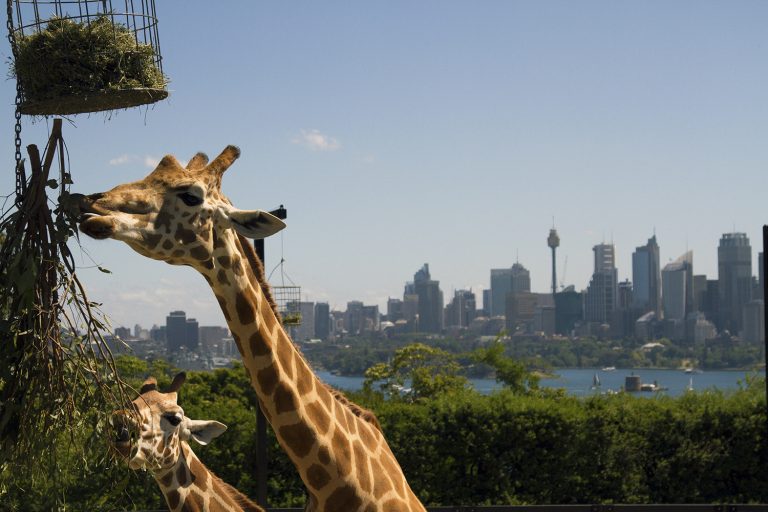It’s Not a Zoo: Visiting Durrell Wildlife Park in Jersey
Half the reason I wanted to visit Jersey, was to see Durrell Wildlife Park for myself. If you’re been reading this blog for awhile, you may have cottoned on to the fact that I like animals. And I’ve pretty much made it my mission to get to any zoo, nature reserve or wildlife park that has a foot in the conservation world. Durrell stresses that it is not a zoo (although it was originally known as “Jersey Zoo”) and it may be one of those wonderful wildlife parks in the world, although I can’t say for sure until I visit them all, which is now my new life’s mission.
Related: The other Jersey Shore – Visiting the Biggest of the Channel Islands
One of the ways in which you can support their work, is to visit Durrell Wildlife Park. I think it’s unique among many parks, for a few reasons, apart all those mentioned above about do-gooding and the like.
The canteen food actually tastes nice
I try to bring a packed lunch to places like wildlife parks and zoos, or eat elsewhere. The food is usually one of two things (or both): expensive and not very good.
So, I was pleasantly surprised by the food at Café Firefly in Durrell Park. It was really, really tasty and didn’t break the bank (I purchased the Leek and Mushroom Tart for £5.95). The only downside was having to share the eating space with wasps, who wouldn’t get the hint and buzz off.
It doesn’t cost an arm and leg to enter
An adult ticket to Durrell is £16.00 and a child is £11.50 (kids under the age of 3 are free). To put that into perspective, a ticket for a day at the park is essentially the price of seeing a movie at Leicester Square.
Compare that to other zoos in the world, such as Sydney Taronga Zoo in Australia. Now, I do love both Sydney and that zoo, but the entry price is $46 (AUD). Steep, or what?
You can stay on site, relatively inexpensively!
If I ever go back to Jersey, I would want to try glamping at Durrell for sure. Although that is a little more on the exy side! But glamping! I love it.
You can also stay onsite at the local hostel, which is £43 a night. Keep in mind that this includes a Continental breakfast and a single entry to Wildlife Park. Continue to keep in mind that even the scabbiest of hostels in the UK cost at least 20 quid a night, when this one is set in a beautiful building that is close to coastal cliff walks and a short bus trip to the capital of Jersey, St. Helier.
Related: Waking up in the wild at Taronga Western Plains Zoo, Australia
Making the most of a day at the park
I’d say get there early, but to be honest I preferred the park in the afternoon. Visiting during the school holidays meant that there were lots of people racing around with their children early on. The kids all had tantrums around lunchtime and the parents, fed up, left with them. So, come two pm, we essentially had the park to ourselves!
It’s something we should all care about. As Durrell himself said:
When man continues to destroy nature, he saws the very branch on which he sits, since the rational protection of nature is at the same time the protection of mankind.
And no wonder he picked Jersey as the place to house his park. The island is one of those places that is so beautiful, you can’t help but stop and think: “Yes. This is worth preserving. This is worth taking care of.”
Have you been to Jersey or Durrell Wildlife Park?




















So happy to find a kindred spirit!! 🙂 I’m a lover of animals and have also visited zoos around the world on my travels, including my dream “zoo”, Durrell Wildlife Park! I had the good fortune to stay on site and go behind the scenes, meeting many of the fabulous folk who devote their lives to these animals. That visit to Durrell changed my life!!
Sounds like you had an amazing time there and agreed, it’s a life-changing experience. Cheers for the comment, Stephanie.